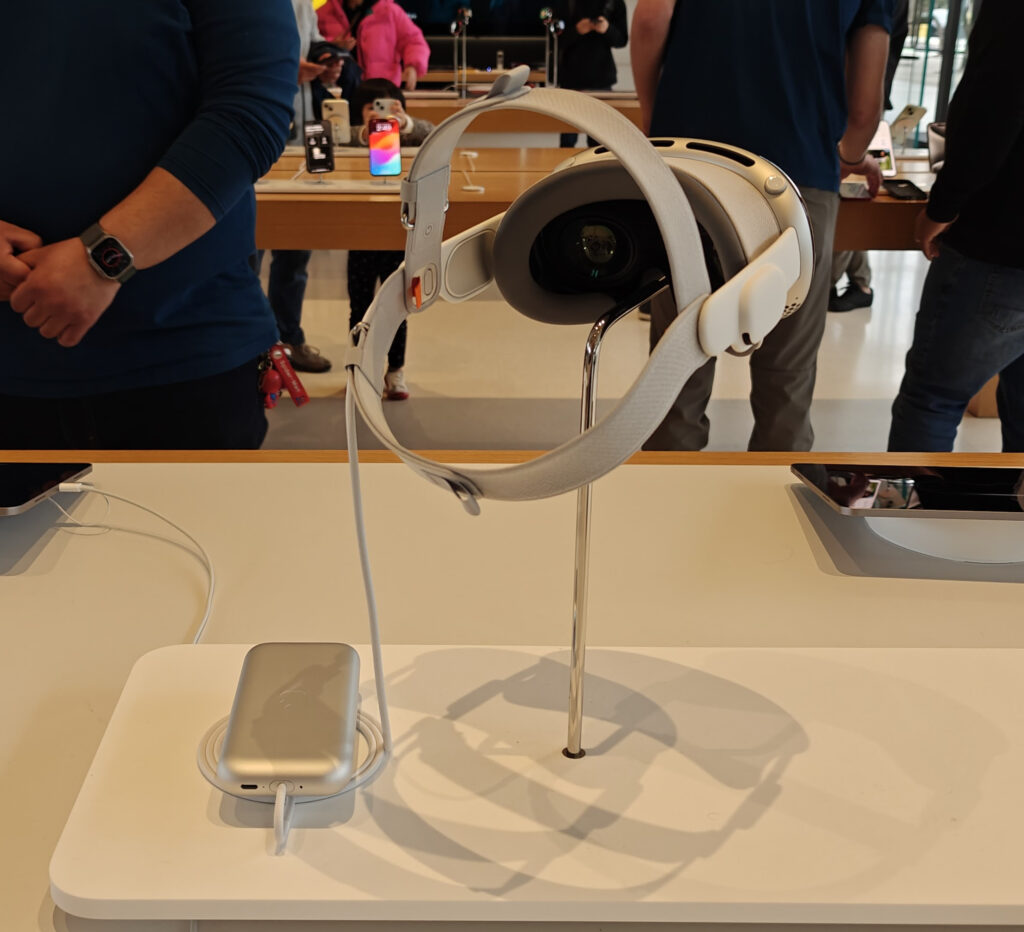In a significant shift within the automotive industry, Ford Motor Company has announced it will discontinue its Enhanced Active Park Assist feature, which allowed certain vehicles to autonomously parallel park. This decision, driven by a strategic initiative to cut costs and streamline production processes, reflects the company’s ongoing efforts to adapt to the ever-changing demands of the market. While once seen as a hallmark of advanced automotive technology, the removal of this feature highlights the industry’s transformative nature, where not all innovations stand the test of time.

The Enhanced Active Park Assist was a useful feature.
Ford’s COO Kumar Galhotra revealed during an earnings call that the company’s connected car data showed ‘very, very few people’ were using the feature. This insight led to the decision to remove Active Park Assist from future models, a move expected to save Ford approximately $60 per car, potentially amounting to $10 million in annual savings.
The Enhanced Active Park Assist was a feature that controlled steering, gear selection, and forward and reverse motions to facilitate parking at the push of a button. It was available in various Ford vehicles, including the popular Edge and Escape crossover SUVs, the F-150 pickup trucks, and the Mustang Mach-E electric crossover.
This decision is part of a broader initiative by Ford to save a total of $2 billion, a strategy that comes in the wake of a projected loss for its EV division, Model E, of ‘$5 billion to $5.5 billion.’ The savings are targeted across a wide range of operations, including materials, weight, and manufacturing. With Ford’s ability to access vehicle data, it’s possible that other features could also be on the chopping block soon.
Most Ford drivers prefer to park their vehicles themselves.
The removal of the self-parallel parking feature is not just about cost-cutting; it’s also a reflection of customer preferences. Ford’s use of remote monitoring systems to collect data on connected vehicles has provided insights into which features are being prioritized by customers. It turns out that most Ford drivers prefer to park their vehicles themselves, viewing the parking feature as an unnecessary convenience.
While some customers who found the feature helpful in easing the stress of parallel parking might be disappointed, Ford dealers have indicated that the feature’s removal is unlikely to be widely missed. The sentiment among dealers is that the feature was underused and that the decision to remove it aligns with the need to stay competitive and to pass savings on to consumers.
Ford’s statement following the earnings call emphasized the company’s commitment to ‘giving customers more of what they love — and less of what they don’t.’ The company’s reliance on connected vehicle data is a testament to its focus on aligning its offerings with actual customer usage and preferences.

Ford’s recent decision to eliminate the Enhanced Active Park Assist feature underscores the evolving nature of technology within the automotive industry. As the company shifts its focus towards prioritizing essential functionalities, this move serves as a reminder that not all innovations endure. Ford enthusiasts and industry observers will be keenly watching how this transition influences the driving experience, particularly as drivers return to manual parallel parking. This strategic pivot reflects a broader trend of refining automotive offerings to meet practical user needs.
Related posts:
Ford is taking away a convenient feature because no one uses it
Ford Axes Its Self-Parallel Parking Feature Because People Weren’t Using It





